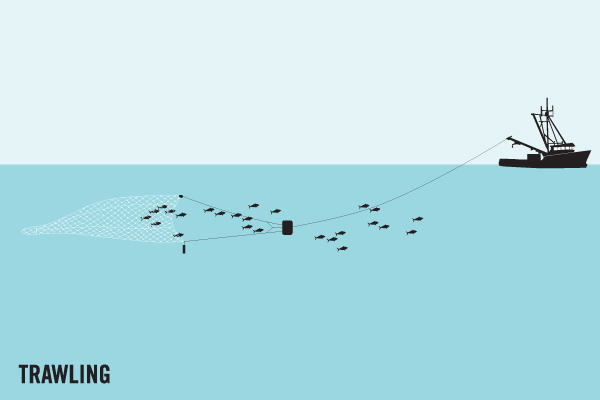Average Weight/Length
3 - 4 lbs. Common from less than a pound to 4 pounds. Fairly plentiful at 57 pounds. Fish approaching 10 pounds, and occasionally surpassing 10, are taken each year in North Florida, especially from offshore wrecks and navigation markers in late winter and spring. World record 221 pounds, 4 ounces; Florida record 15 pounds, 2 ounces.
Other "Popular" Names for this Fish
Convict, Fish Bait-stealer
Location Habitat
The distribution of the sheepshead in the western Atlantic Ocean includes coastal waters from Nova Scotia through the Gulf of Mexico with the densest populations occurring off southwest Florida. Sheepshead are also found, albeit in much lesser numbers, off the Caribbean coasts of Central and South America, south to Brazil. Sheepshead are absent in the Bahamas, West Indies, Grenada, and Bermuda. Primarily occurring inshore around rock pilings, jetties, mangrove roots, and piers as well as in tidal creeks, the euryhaline sheepshead prefers brackish waters. It seeks out warmer spots near spring outlets and river discharges and sometimes enters freshwater during the winter months. This fish moves to offshore areas in later winter and early spring for spawning, which sometimes occurs over artificial reefs and navigation markers. Juveniles live in seagrass flats and over mud bottoms. Inhabits bays and estuaries. Freely enters brackish waters; sometimes enters freshwaters (Ref. 26938). Commonly found around pilings. Caught by anglers from jetties or rocky shores (Ref. 9988). Feeds mainly on mollusks and crustaceans.
Biology & Physical Description
The sheepshead has an oval-shaped, deep body with a blunt snout and small, nearly horizontal mouth. The posterior nostril is slit-like in appearance. Dorsal and anal fins include stout, short spines. The second spine of the anal fin is enlarged. Pectoral fins are long, extending beyond the anal opening when appressed. The caudal fin is shallowly forked. The adult sheepshead is silvery to greenish-yellow with an olive back. There are five or six dark vertical cross bars along each side, which are most distinct in young individuals. The caudal and pectoral fins are greenish while the dorsal, anal, and ventral fins are dusky or black. Teeth of the sheepshead include well-defined incisors, molars, and grinders. At the front of the jaw are the incisor-like teeth. The molars are arranged in three rows in the upper jaw and two rows in the lower jaw. Heavy, strong teeth are necessary for crushing and grinding the shelled animals that are prey for this fish. Sheepshead lack tooth patches on the roof of the mouth.
Geographic Species Map (Fishbase.org Map)
|
|

|
Summary of Distribution: Western Atlantic: Nova Scotia, Canada and northern Gulf of Mexico to Brazil. Absent in Bermuda, the Bahamas, the West Indies and Grenada |
|
Note: Distribution range colors indicate degree of suitability of habitat which can be interpreted as probabilities of occurrence (fishbase.org) |
|
Sport Fishing Techniques
|
|
Kite Fishing (Rig)A Kite Fishing Rig is.... |
|
|
|
TrawlingTrawling is when.... |
|
Tackle & Baits
Light spinning and baitcasting tackle are tops for sport, but rodtip should not be too soft, as the tough and toothy mouth makes it hard to set a hook. Best baits are fiddlers or other small crabs; cut pieces of blue crab; live or fresh-dead shrimp (threaded on the hook); pieces of oysters and clams. Sheepshead will readily hit slow-moving jigs tipped with these baits and, occasionally, will take the bare jig.
Game Rating
Game Rating : 8/10
Game Description :
Not an aggressive strike; very tough on light tackle. Pulls hard and uses flat shape to advantage.
Food Rating
Game Rating : 9/10
Game Description :
One of the best, thanks in great part to its shellfish diet. An excellent food fish. Marketed fresh and frozen; eaten broiled, microwaved and baked
Picture (Fish)
|
|
|
|
|
|
Picture Mount
|
|
|
Product Specs
Available Sizes: 17" - 25"
Details: Fired-Enamel Glass Eye
Product Options: Wood Plaque, Custom Base, 360°




















 Sheepshead
Sheepshead 









